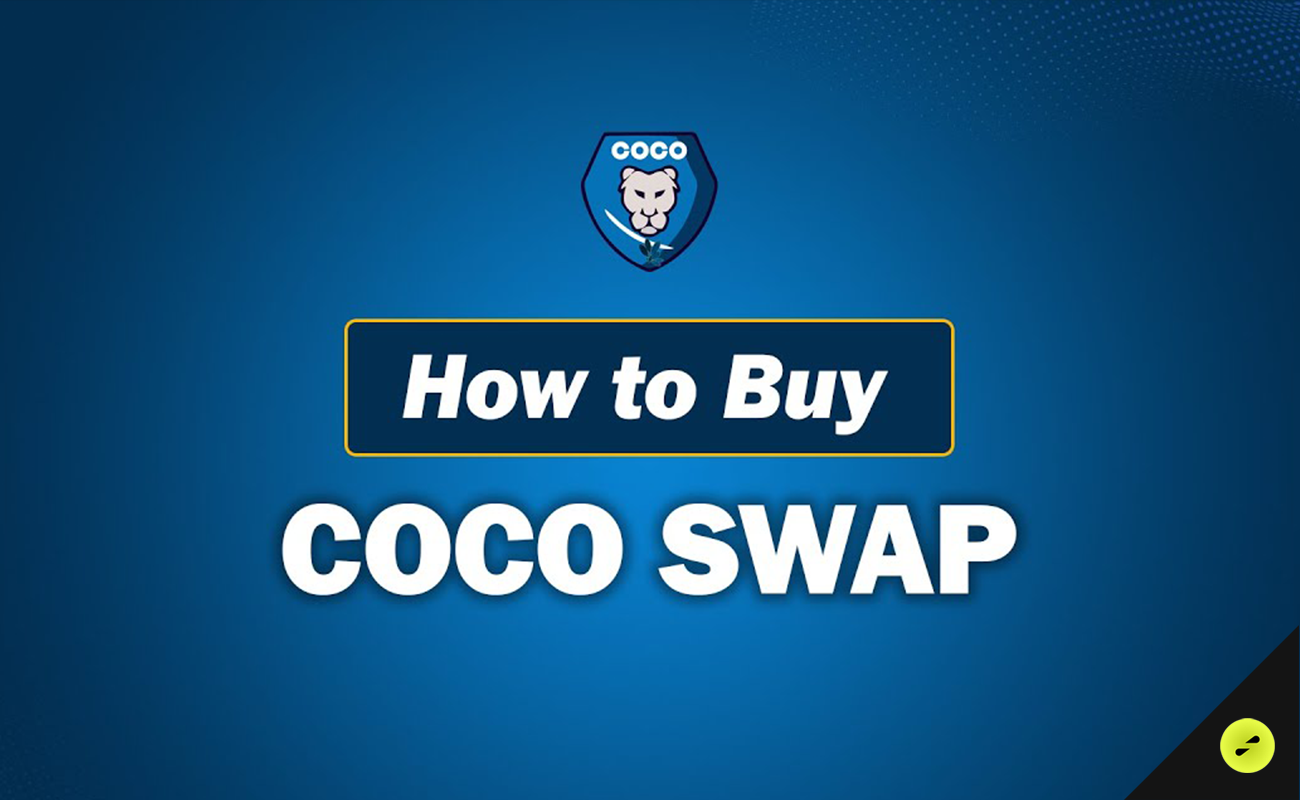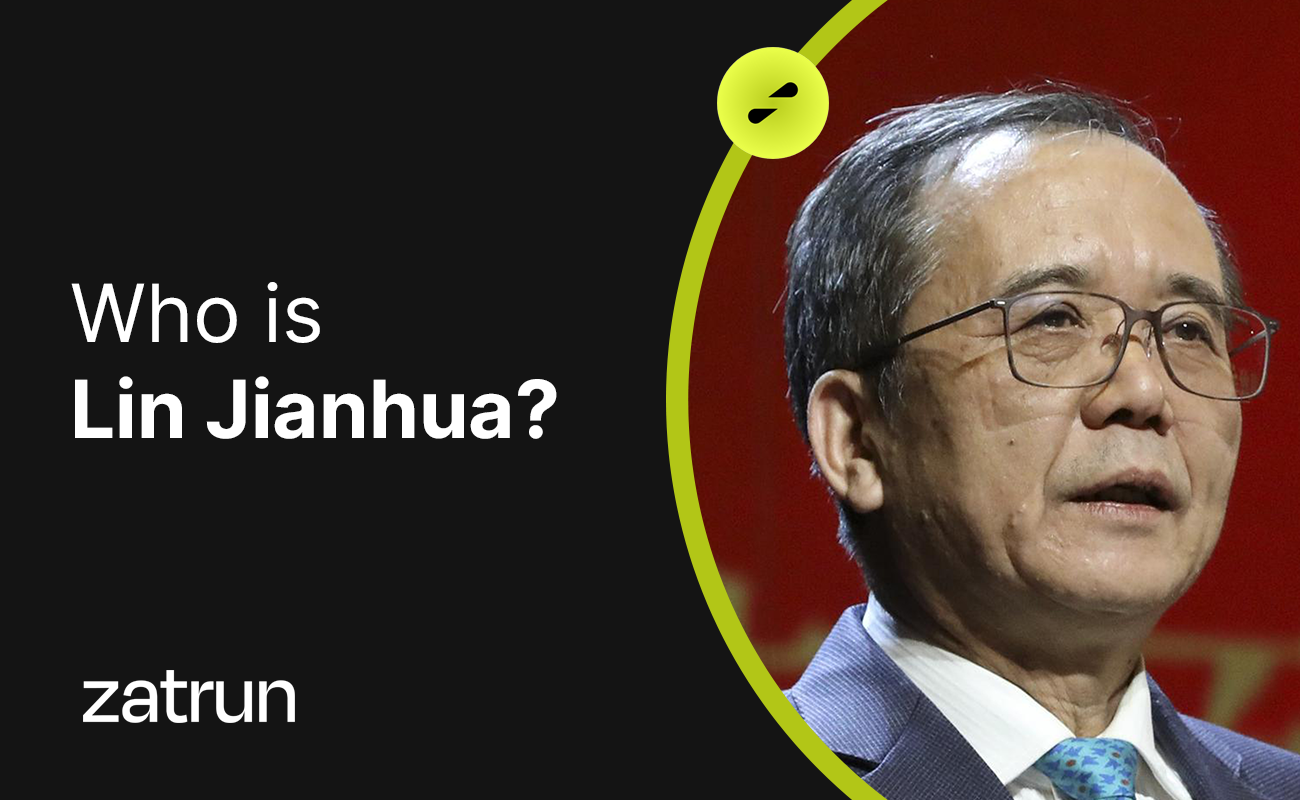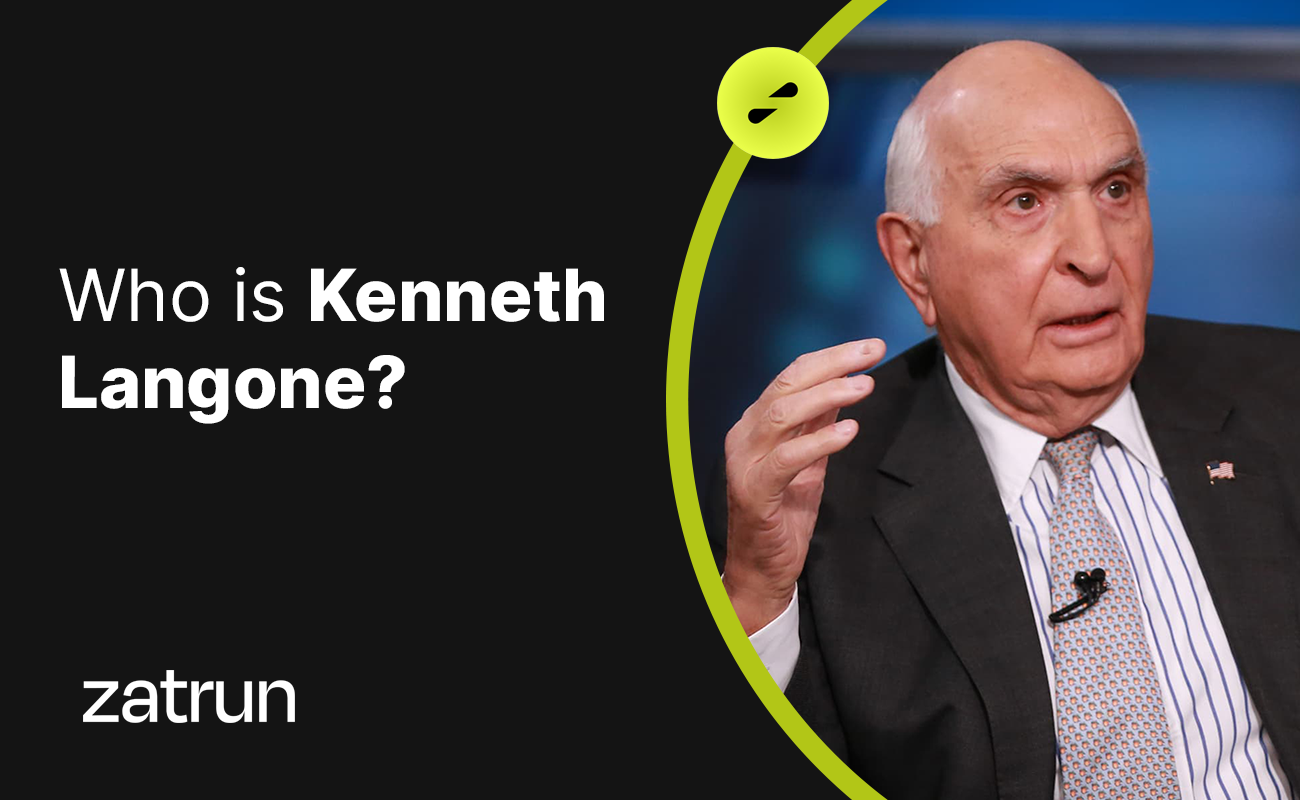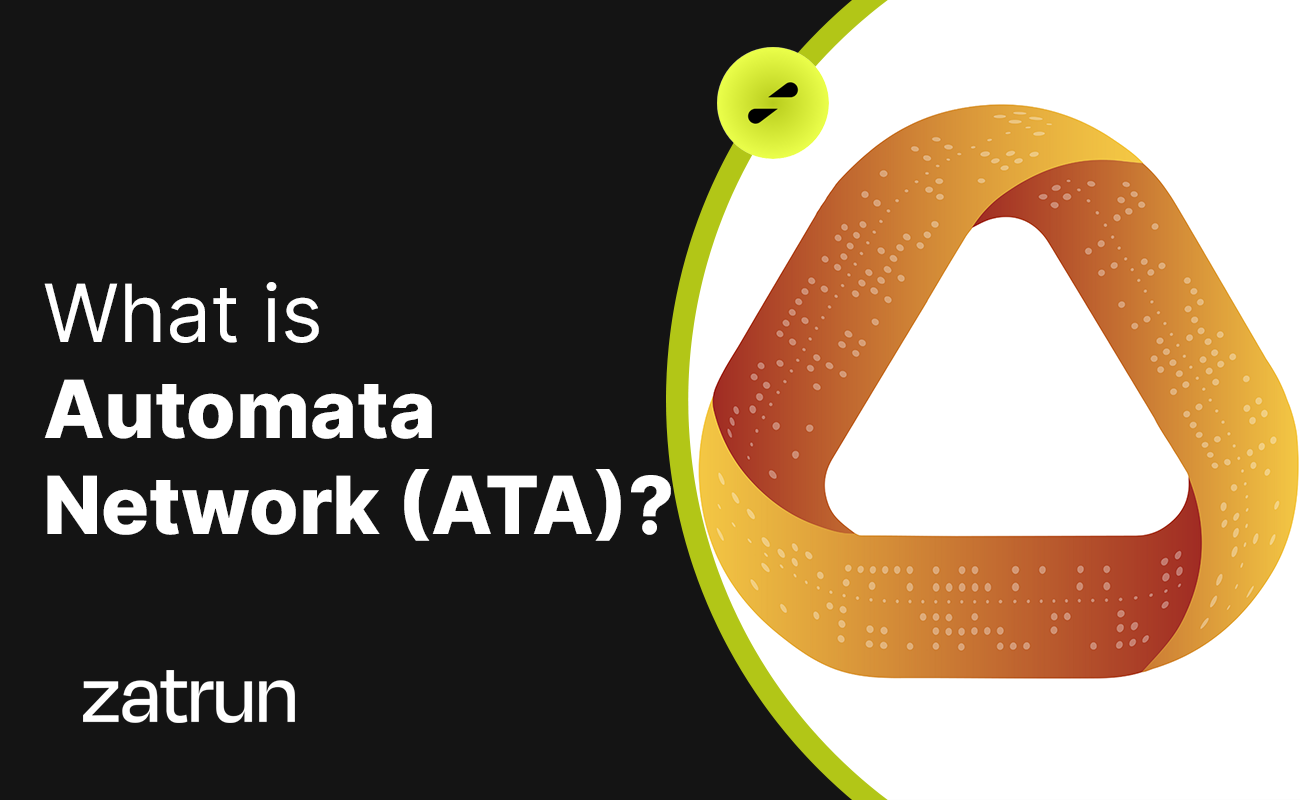In today’s ever-changing digital landscape, the allure of virtual reality and metaverse experiences has grown significantly. Coco Swap, a promising platform that secures its network through the Proof-of-Stake (PoS) consensus mechanism, has been attracting the attention of Turkish investors.
While it is currently listed on only one exchange, COCO’s strong historical performance has left a lasting impression. In this guide, we will delve into Coco Swap, shedding light on its nature, strengths, weaknesses, and what it promises to deliver. Zatrun.com has conducted a comprehensive review of Coco Swap, providing you with valuable insights into this innovative project.
What Is Coco Swap (COCO) Coin?
Coco Swap stands as a next-generation autonomous income and liquidity protocol used to swap tokens for iOS, Android, and desktop users. Empowered by its native token, COCO, Coco Swap enables users to swap cryptocurrencies, NFTs, and other derivatives through its autonomous yield protocol. COCO token, built under the BEP-20 standard, serves as a progressive deflationary token developed on top of the latest decentralized finance (DeFi) protocol systems.
Coco Swap aims to deliver faster and easier token swaps compared to existing exchange platforms. To fulfill this promise, it places its trust in the native COCO token, developed under BEP-20 standards, to fuel its decentralized platform. Built upon the latest DeFi protocol systems, COCO was designed to expedite decentralized network transactions with lower exchange fees.
The well-established success of the Binance Smart Chain (BSC) network, both in terms of speed and transaction costs, further aligns with Coco Swap’s mission. As an emerging exchange platform, Coco Swap allows users to swap not only cryptocurrencies but also NFTs and other derivatives. Moreover, it stands out by offering seamless and straightforward staking, allowing users to earn rewards for their services and incentivizing network participation.
Coco Swap is continually developing, and it remains in the Beta phase as of late 2022. Progressing step by step towards its goal, the project started its development process in the third quarter of the previous year. While Coco Swap offers a relatively familiar business model, it incorporates a deflationary currency approach that has raised some debate.

COCO Coin: The Founders and Their Origin
Coco Swap developers remain anonymous. While the absence of a prominent figure behind a project is not unusual in the crypto space, it can raise concerns about trustworthiness.
COCO token serves multiple purposes, including:
- Swap Transactions: Expedited and cost-effective exchange of assets on a decentralized network.
- Staking: Provides users with a smoother and more accessible staking experience.
- Transaction Fees: Used for fee payments on the network. Additionally, 2% of transaction fees are redistributed to token holders, 2% are burned, and the remaining 3% are converted to BNB and added to the COCO/BNB liquidity pool.
- Investment: COCO tokens can be bought, sold, and traded on PancakeSwap for profit.
What Sets Coco Swap Apart?
Coco Swap distinguishes itself through its autonomous yield provision by utilizing the growing usage of liquidity protocols. The project offers a seamless and straightforward staking option with rewards for users who provide liquidity, propelling it ahead. Here are some of the project’s distinctive features:
- Promises users a reliable way to achieve high APY returns without experiencing consistent losses.
- Prefers static rewards over high APY rates, seeing high APY as a valuation bubble and opting for alternative approaches to create value.
- Utilizes three functions: Reflection rewards, buyback of liquidity provider purchases, and burns, with 7% tax on every transaction.
- Plans to introduce additional yield farming options in the future.
The Pros and Cons of COCO Coin
COCO, operating as a BEP-20 token on the Binance Smart Chain, remains a native token of a project that continues to evolve. The overall cryptocurrency market conditions significantly affect the project’s progress. With this in mind, here are the advantages and disadvantages of COCO:
Advantages
- Offers faster and cost-effective token swaps.
- Supports the exchange of NFTs and other derivatives alongside cryptocurrencies.
- Allows users to earn passive income through staking.
- Expected to grow in popularity as it continues to develop with new features.
Disadvantages
- Limited market presence due to being listed only on PancakeSwap.
- Ongoing development may suggest an incomplete project.
- Investment carries risk due to COCO’s price volatility.
- Maximum token supply is inflationary.
- Faces competition from exchange platforms.
Coco Swap and COCO Coin represent an exciting entry into the metaverse and VR experiences. While it offers significant advantages such as notable partnerships and a growing presence, it still contends with challenges posed by competitors and limited exchange listings.
Potential investors should exercise caution in the volatile crypto market, recognizing that COCO represents the ongoing evolution of the metaverse—a transformative journey into a more socially connected digital world. In a rapidly evolving digital landscape, Coco Swap leads the way for immersive metaverse experiences, promising a dynamic future.












